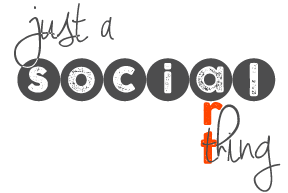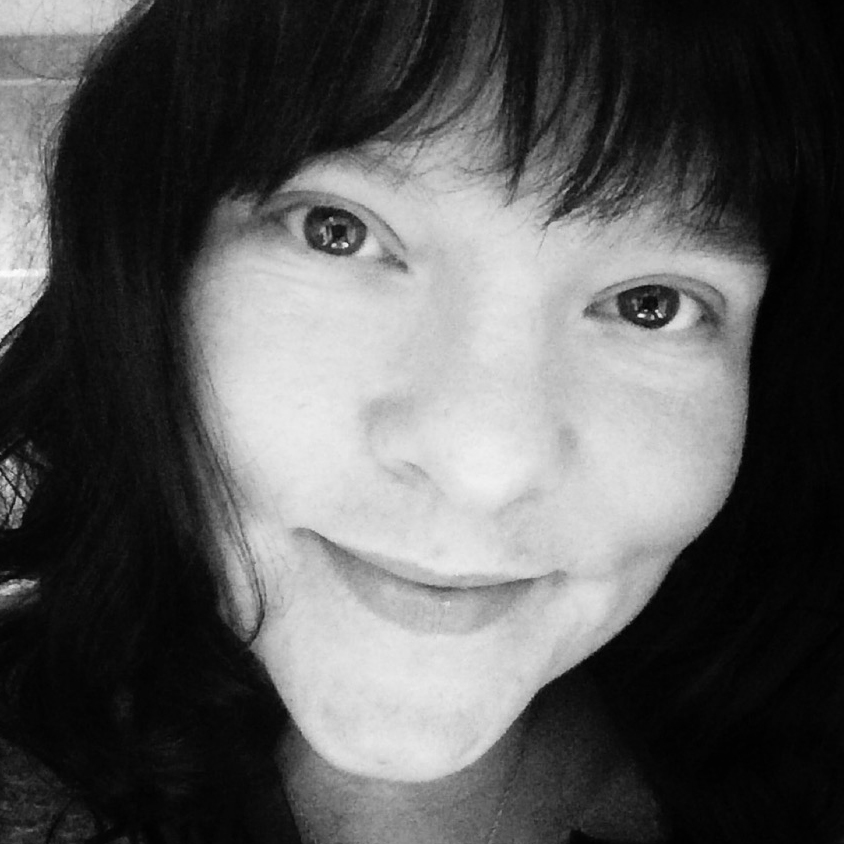Social Art Is Not Art Shared On Social Media
Defining Social Art with Contemporary Art Culture…
We share images and the ideas conveyed behind the works of artists like Ai Weiwei and Banksy on social media. Bansky is a street artist who condemns social media while Ai Weiwei is a well-known artist also known as a social media anarchist. This is not what I am speaking about when I am discussing social art. Ai Weiwei and Banksy are social artists not because they are discussed by many on social media. Their work is social art because of the societal concepts the work is in reference. Ai Weiwei and Banksy’s work is also political so we could categorize them as political artists, which I would consider a subgenre of social art.

From Banksy’s website, 2015: “Gaza is often described as ‘the world’s largest open air prison’ because no-one is allowed to enter or leave. But that seems a bit unfair to prisons – they don’t have their electricity and drinking water cut off randomly almost every day.”
First, I will define social and define art so we really understand these terms. In context of defining social art we will define social, according to Wikipedia and Google’s Knowledge Graph, as “relating to society or its organization” and art as “the expression, application or works produced by human creative skills and imagination.” The part about “produced by human” can be debatable – I had a fellow art student create prints by having slugs slither across printmaking paper and the slug trails were the art.
My interpretation of social art is anything pertaining to society expressed creatively. The producers of this work would be considered social artists. There are also many art genres that would fit under the umbrella of social art. Art activism and political art would be logical considerations to include in the modern social art movement. Ai Weiwei claims that “art is about social change” and that political artists were not always real artists (stated in the Ai Weiwei documentary, “So sorry”). Ai Weiwei also explained his most recent exhibition, @Large at Alcatraz in San Francisco, “defies the distinction between art and activism” and artists protecting freedom of expression is important. “Freedom of expression” is a social ideal.

@Large, Courtesy of For-Site Foundation. Ai Weiwei, Blossom, 2014 (installation detail, Alcatraz Hospital); photo: Jan Stürmann. “This work could be seen as symbolically offering comfort to the imprisoned, as one would send a bouquet to a hospitalized patient.
I also think of relational art, as a subgenre of social art using artwork that creates a social environment where people come together in a shared activity. We also have altermodern artists responding to the increase in global context and Artpologists, a hybrid between artists and anthropologists who fit nicely under the social art umbrella.
Turning to the Art Community to Define Social Art
The realization that people in the art community have different opinions on the definition of social art smacked me in the face when I asked the question, “What is social art?” During my research, I asked this question via a targeted online survey that resulted in 54 people responding. I also asked sixteen artists and art patrons in-person. A total of 70 people from the art community were asked to define social art. Some respondents felt that the category was too broad to really define and a few respondents had no idea what social art meant. Some of the respondents felt all art is social. One person even considered political cartoons found in the newspapers to be social art. There were a few that defined social art as art found on social media. An artist was named for example, Sol LeWitt, wondering if his wall drawings that were implemented by people other than LeWitt himself could be considered social art. A team of draftsmen with a specific schematic to follow by LeWitt carried out Wall Drawing #1268. Main conceptual elements in LeWitt’s work are others involved with creating his pieces. They had to follow very precise guidelines to carry out the final piece. Check out this video of Wall Drawing #797 where each draftsman has to draw a line duplicating the line made from a previous draftsman without touching.
The nature of Sol LeWitt’s drawings consist of very precise instructions or variables for combination drawings by multiple people. Visit www.artsy.net/artist/sol-lewitt/works to view a collection of Sol LeWitt’s artwork.

Courtesy Albright-Knox Art Gallery, 2015. Sol LeWitt (American, 1928–2007). Wall Drawing #1268: Scribbles: Staircase (AKAG), conceived 2006; executed 2010. Graphite on three walls, dimensions variable. Collection Albright-Knox Art Gallery, George B. and Jenny R. Mathews Fund, 2007. © 2014 The LeWitt Estate / Artists Rights Society (ARS), New York. Photograph by Tom Loonan.
This journey researching and discovering social art is only beginning. However, as suspected, the majority of people I have asked so far defined social art as “art with a message” or “art that is relevant to society or culture; art dealing with social issues.” Take a look at this graph to see how responses were categorized and how 70 people defined social art.
Conclusion
Social art is not a new concept but our culture and our world has become increasingly social at warp speed over the last twenty years. Our awareness to social issues, social injustices and social nuances are louder than ever before especially with new and emerging technologies. Until research proves me wrong, I will define social art as art relating to society executed with creative skills. Yes, this is BROAD and yes, so many subgenres can fit into this definition. That is okay and is the main reason I decided to start writing about this topic. I will explore and share well-known and not-so-well-known social art.
My research to define social art has not concluded. I will continue to survey and interview people of the art community asking them to help me understand and define social art. I believe that I will discover artists and genres I would have otherwise never known. For those who have no idea what social art means or think that social art are the political cartoons in your Sunday newspaper, stick around, subscribe to my blog and watch the defining of social art unfold.




G’day Shazza !….as a Grad psych student using wiki,(anything)is a complete no,no for refs or quotes ie an auto assignment fail, see Hvaard ref system and the American Psychological Assn,…don’t know about Google,Knowledge Graph..ANY open source is a fail (to whit in a 1st year essay (in relation to the difference between Dynamic Psychology or Psychoanalysis, I used wiki to quote ,”which came 1st ?,the chicken ? or the egg ?..Greek 600+BC (Wiki)=fail (of Course the egg came first as any Palaeontologist can attest)..my point is it ok with your Uni ???
you describe your pie chart results “as suspected” …is this a ref to your thesis ?…which title is ???
All good !,love you !xo Ian
Hi Ian! Thanks for reading and for your support. In my official research report (which research is still in the works) I will have an official Literature Review section that will go deeper into the definitions of social and art citing peer-reviewed material. For this informal research update/article, I Googled these terms imitating what many people would do on a day to day basis (not for formal research). In addition, open source/crowdsourcing are very social concepts so I thought using Wikipedia would be a fun play-on-topic for this update. I would never only go to Wikipedia for research material, however Wikipedia can be a good start and sometimes has links (sources) to good material. Google’s Knowledge Graph is the information that pops up automatically (usually to left of search results) for search terms. This is Google’s attempt to bring you smarter web results and information. Again, I would not use the Knowledge Graph for solid research but for this conversation and context, I used these sources.
Thanks again Ian, your critiques are always welcome.